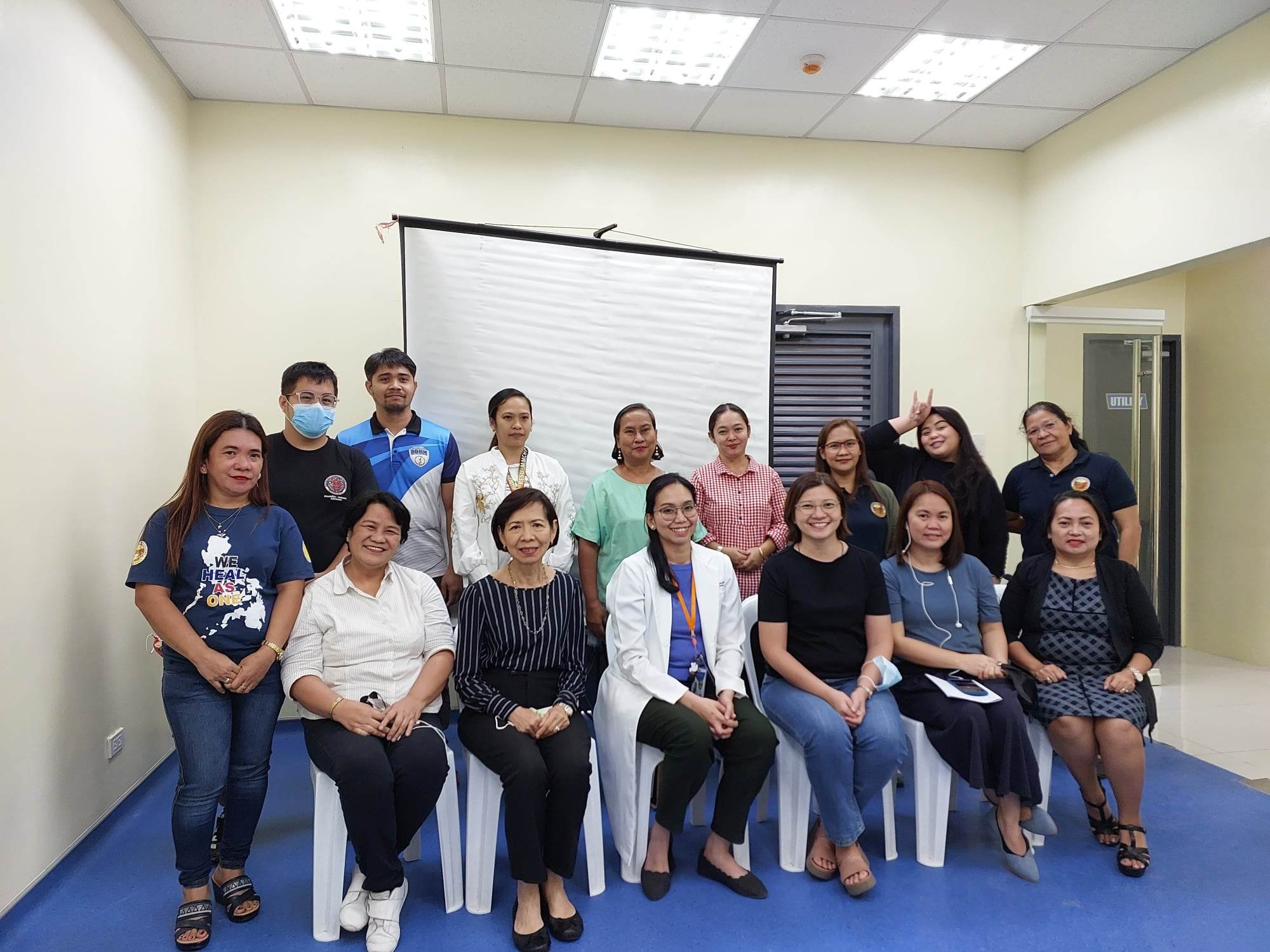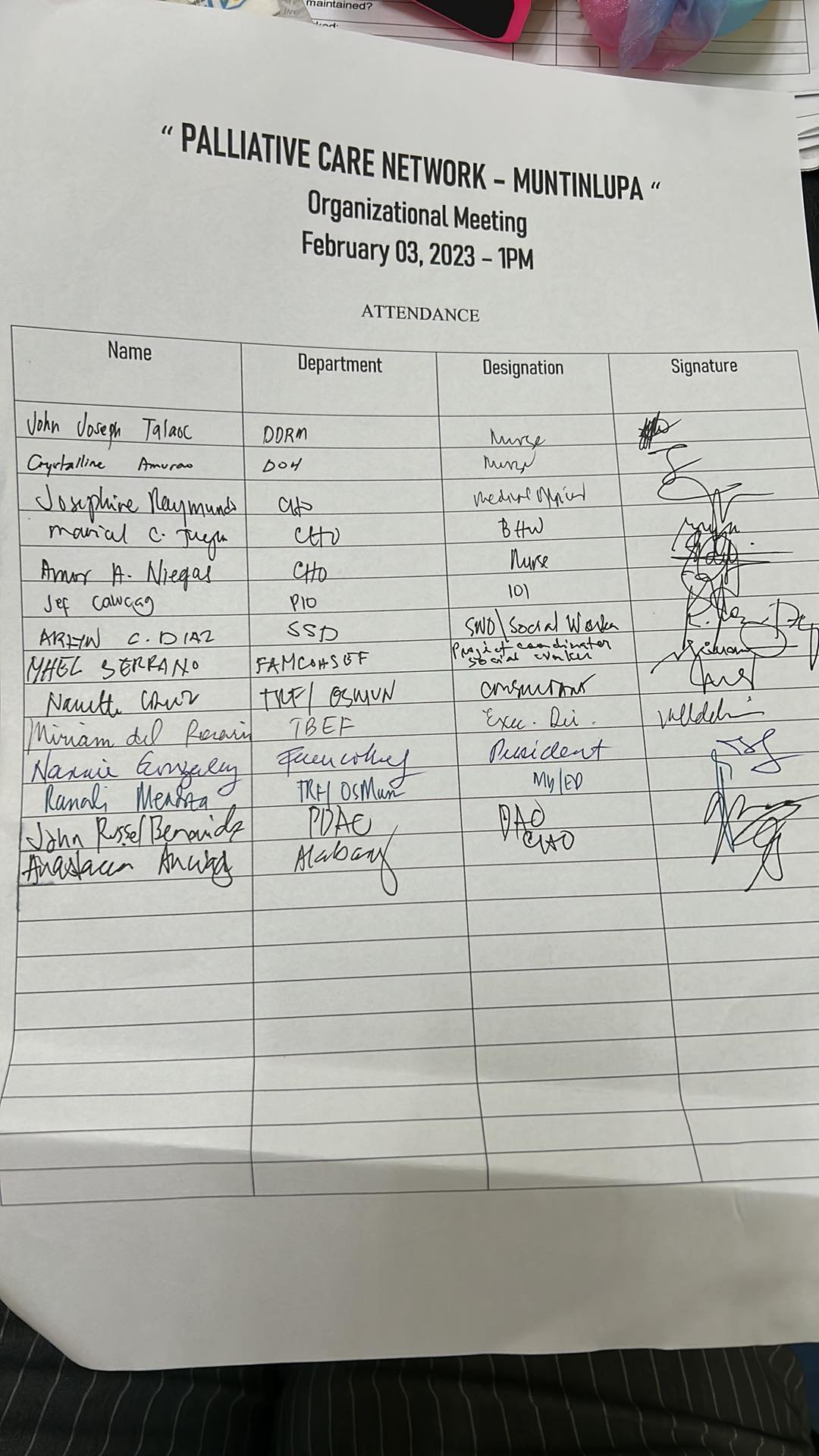One of the most difficult services to find in the Philippines is the provision of Pediatric Palliative Care. While there is a growing recognition of its significance in the past decade, integrating Pediatric Palliative Care into the healthcare system and providing access to it needs to improve. There is a need for a specialized medical approach that provides comprehensive comfort and support to children with serious illnesses and their families. It is care that focuses on addressing the physical, emotional, social, and spiritual needs of children with life-threatening conditions. It emphasizes improving the quality of life for these patients through pain and symptom management, communication, and coordination of care. Goals of pediatric palliative care often include enhancing the child's comfort, ensuring shared decision-making, reducing hospital readmissions, and providing grief support to the family.
Pediatric Palliative Care must be employed throughout the continuum of care for children with serious illnesses, and it must be introduced early enough to enable better outcomes. It can actually be introduced at any stage of the illness and can be provided alongside curative treatments. Palliative care teams work collaboratively with medical professionals, parents, and other relevant individuals to develop an integrated care plan tailored to the child's unique needs. Services may include pain management, psychosocial support, skilled nursing care, respite care, bereavement support, and counseling.
The improved health outcomes of Pediatric Palliative Care are due to its strong focus on managing pain and other distressing symptoms that can significantly improve a child's overall well-being. It is care that is holistic. It addresses the physical, emotional, social, and spiritual dimensions of the child's life, helping to reduce suffering. This results in a better quality of life for both the child and their family.
Pediatric palliative care recognizes the importance of supporting the family and aiding access to community resources. Social workers work hand in hand with physicians and nurses to provide emotional and psychosocial support and facilitate communication and decision-making. This is especially important for patients who are not that well-off financially.
The palliative care team collaborates with the child's primary healthcare providers and other specialists, ensuring seamless transitions between care settings. At every stage of the illness trajectory, support is available. It encourages open and honest conversations about the child's illness, prognosis, and treatment options, empowering families to make well-informed decisions.
However, many families face challenges in accessing pediatric palliative care due to geographic or financial barriers, lack of awareness, or shortages of healthcare professionals trained in pediatric palliative care. Palliative care can also bring up emotional and existential challenges for families, particularly when discussing end-of-life matters, which can be overwhelming for some. Some healthcare providers may have limited understanding or training in pediatric palliative care, leading to misconceptions or discomfort in initiating discussions.
The field of pediatric palliative care continues to evolve and grow. It is anticipated that there will be increased awareness and integration of palliative care principles into various settings, including primary care practices and hospitals. Developing innovative approaches, such as telemedicine and mobile health technologies, may help bridge the gap in accessing palliative care for remote or underserved populations. Additionally, advancements in research and education are essential to improve the effectiveness, accessibility, and quality of pediatric palliative care.
Pediatric palliative care aims to improve the quality of life for children with serious illnesses while providing comprehensive support to their families. Addressing physical, emotional, social, and spiritual needs offers a holistic approach to care. While challenges exist, ongoing efforts to increase awareness, improve access, and advance research hold promise for the future of pediatric palliative care, ensuring that children and their families receive the support they need during challenging times.










